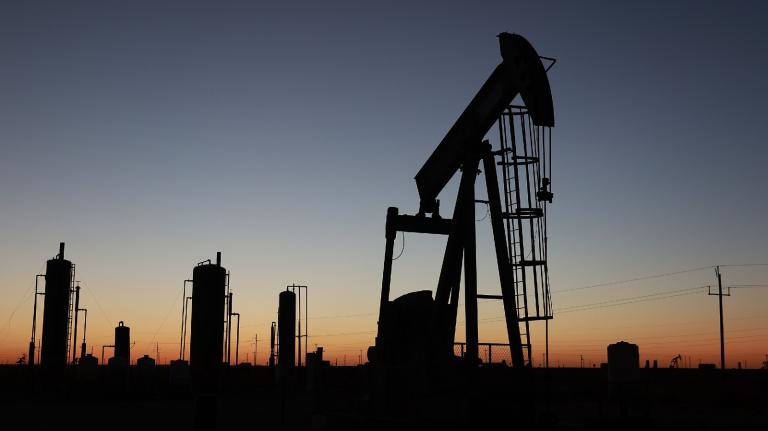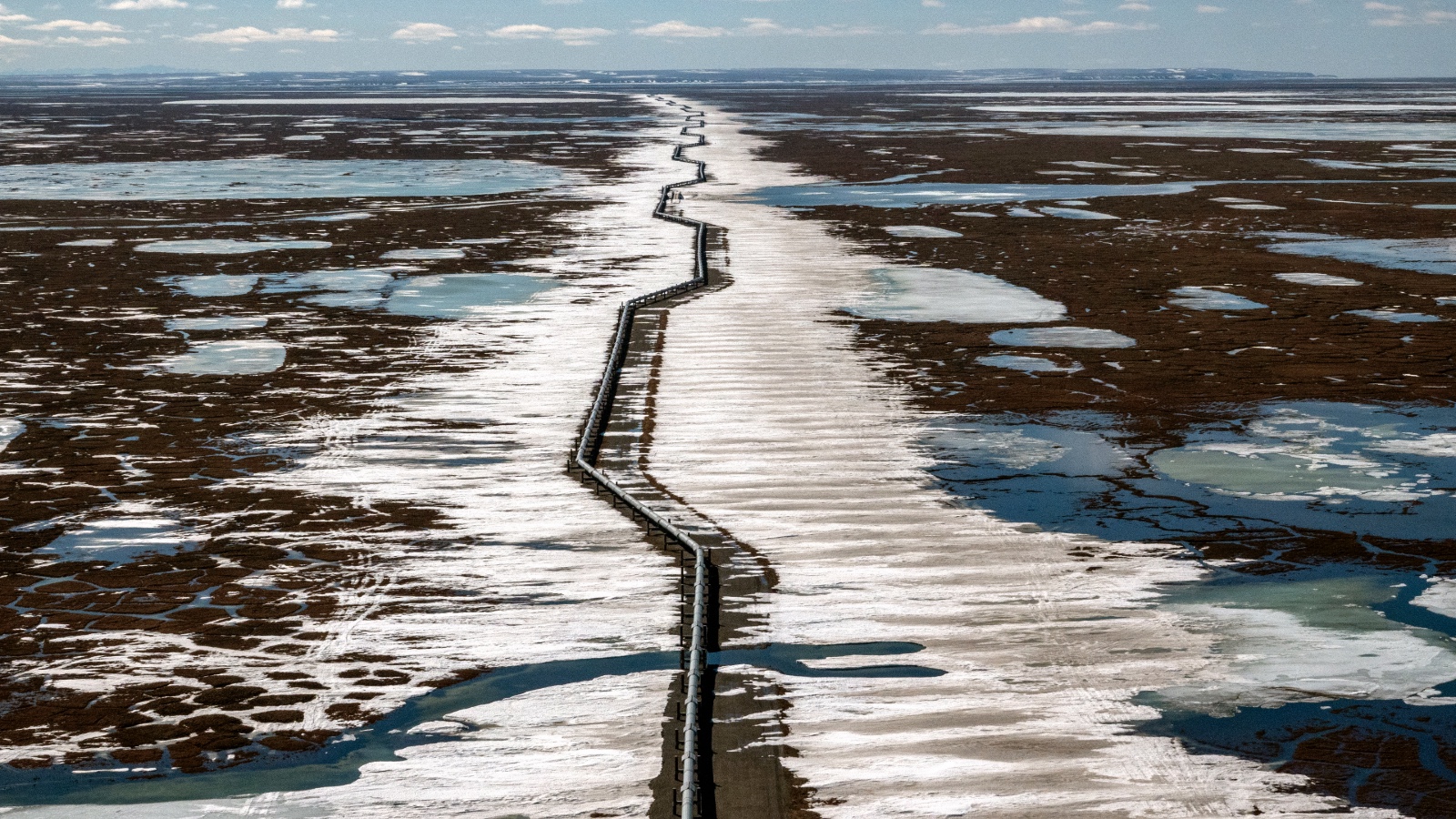The massive Willow oil project on Alaska’s North Slope is all but certain to be built now that a federal judge has ruled against environmental groups hoping to halt the development. While it’s set to be Alaska’s biggest new oil field in decades, it very well may not be the last: Willow could give ConocoPhillips and other oil companies cheaper access to vast, untapped reserves beneath the tundra.
U.S. District Judge Sharon Gleason denied a challenge last week to the $7.5 billion project — a large expansion of ConocoPhillips’ sprawling network of oil rigs, roads, and pipelines — which the Biden administration controversially approved in March. The federal government estimates burning all the oil that Conoco hopes to extract from Willow would emit about 240 million metric tons of carbon dioxide.
The judge’s ruling paves the way for Conoco to drill through permafrost and slurp up 600 million barrels of oil in the northeastern corner of the National Petroleum Reserve in Alaska, an Indiana-sized swath of mostly undeveloped tundra in the western Arctic. But that’s not all. As the company moves ahead with construction of the new oil field, it’s looking to gain access to millions, perhaps billions, more barrels farther west and southwest in the reserve beneath the wild tussocks, sloughs, and lakes where caribou and migratory birds abound.
“It’s not only itself a huge project,” said Erik Grafe, an attorney at Earthjustice, which represents the environmental groups that sued to stop the project. “It’s designed to be a hub for future development and that’s itself an even bigger problem.”
Conoco told investors two years ago that Willow could be “the next great Alaska hub” for Arctic oil. The company leases a total of 1.1 million acres in the federal petroleum reserve, sitting on an estimated 3 billion barrels of oil. Other companies lease another 1.4 million acres combined. Many of those leases lie outside of the roughly 13 million acres where the Biden administration plans to restrict drilling.
Just last month Conoco proposed seismic surveys on about 272,000 acres of frozen earth, including an area west of the Willow site, deeper into the national oil reserve. The company initially said the surveys were intended to “determine the most efficient development” at Willow and “to identify potential future development areas” on Conoco’s leases. But the company later amended the proposal, reducing the survey area to some 160,000 acres and cutting the mention of its intention to identify future development areas. (Conoco has said the surveys are intended “exclusively” to support Willow.)
Conoco has also drilled two exploratory wells a dozen miles west of Willow — in an area named “West Willow.” The several miles of new roads and pipelines that the company plans to build at Willow could significantly lower the cost of tapping into the estimated 75 million barrels of crude beneath West Willow.
That oil “seems like the obvious next target,” Grafe said. “Willow puts in processing facilities, central operating facilities, pipelines, roads. Once that’s in place, it’s a lot cheaper for Conoco and maybe others to develop their leases and tie into that infrastructure.” Earthjustice plans to appeal Gleason’s ruling.
The strategy of piggybacking off one oil field to lower the cost of building more isn’t new. Conoco and other companies have long been at it in Alaska. Willow itself will be part of a web of drill rigs, roads, and pipelines that have cropped up over the past few decades on the horizon of the Alaska Native village of Nuiqsut, nearly encircling the community where people rely on caribou and fish for food. (Willow is west of Nuiqsut; there are already oil fields north and east of the village.)
“This is a process that I call spiderweb sprawl,” said Philip Wight, a historian who studies Alaska’s energy sector at the University of Alaska, Fairbanks. “Infrastructure begets infrastructure, basically.” Wight noted that such sprawl isn’t inevitable but that the economics of oil in recent decades have made it more likely.
Those economics may soon change, though. Development in the Arctic is getting more expensive as permafrost melts, causing the ground to buckle and damaging roads and pipelines. (Conoco has proposed using artificial chillers to keep the earth frozen and its infrastructure from collapsing.) And, even though we’re consuming more oil than ever before, analysts expect global demand for fossil fuels to peak within the decade as renewable energy takes off.
Conoco is placing a big bet on oil prices staying high for decades, Wight said. The first drops of oil from Willow aren’t expected to flow until 2029. And were Conoco to develop West Willow — or any other leases in the reserve — it likely wouldn’t come online until after that.
“Their thesis is that the growth of renewable energy will be slower than many people expect,” Wight said. “And their thesis is also that the world will not have unified cooperation around the Paris Climate Agreement, in that this oil and gas will not stay in the ground — it will be extracted and burned.”
Editor’s note: Earthjustice is an advertiser with Grist. Advertisers have no role in Grist’s editorial decisions.




